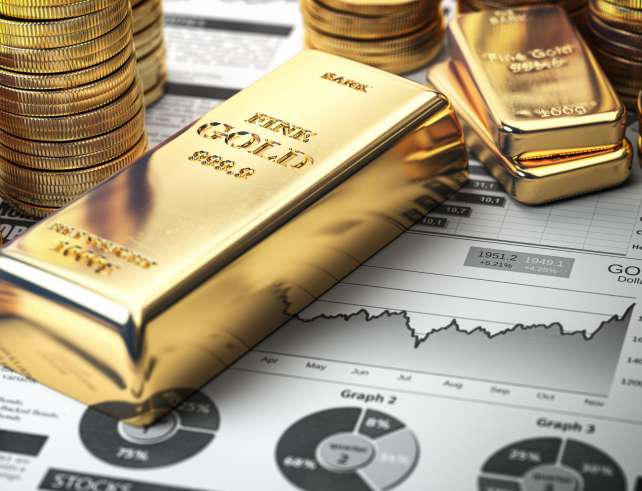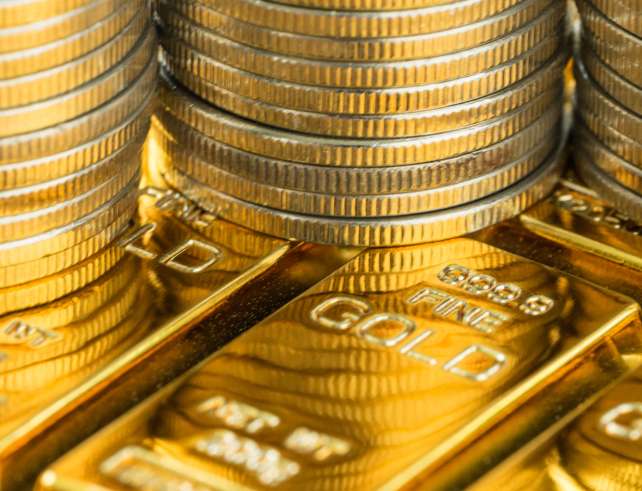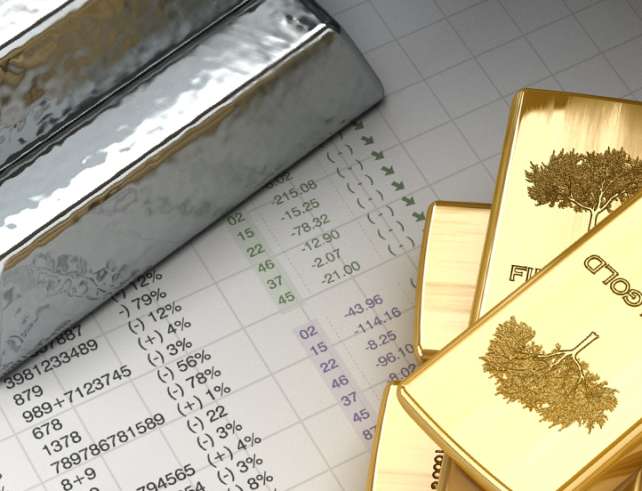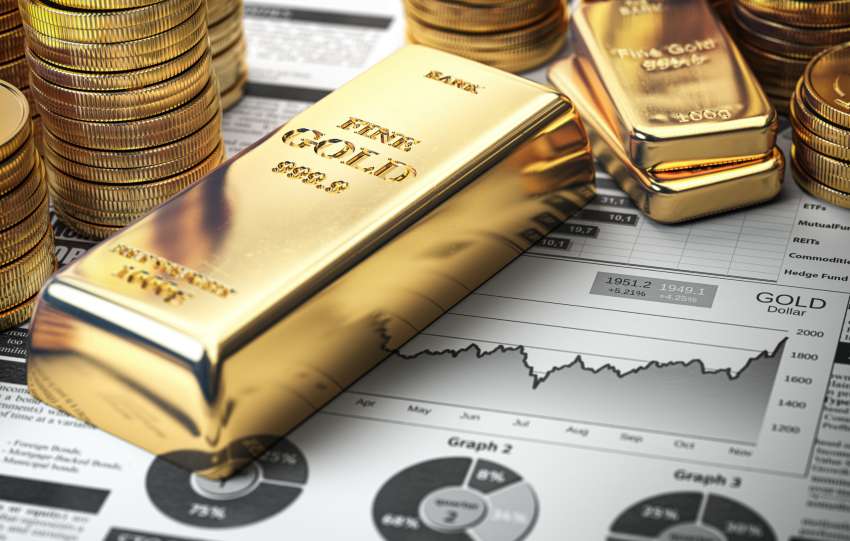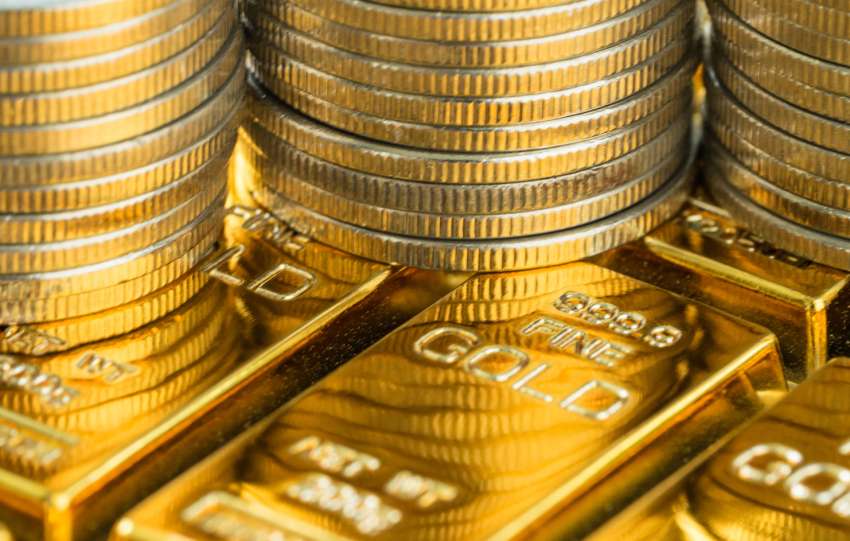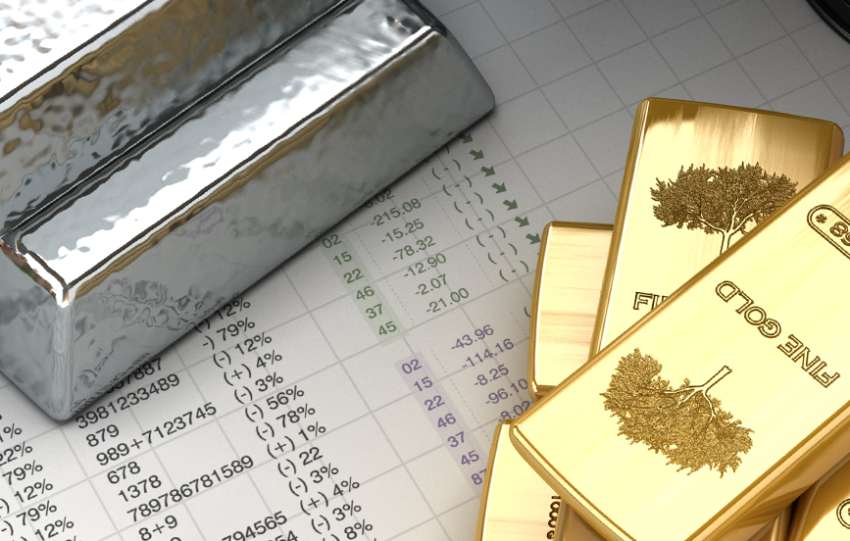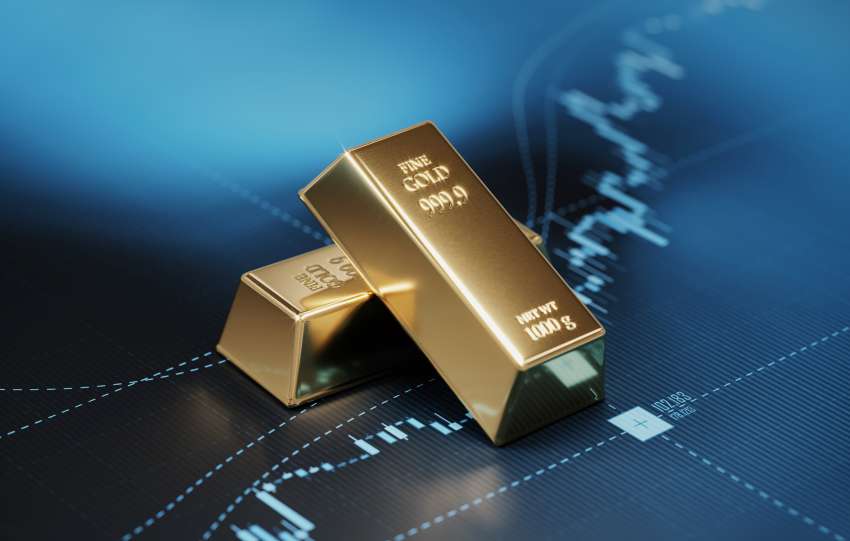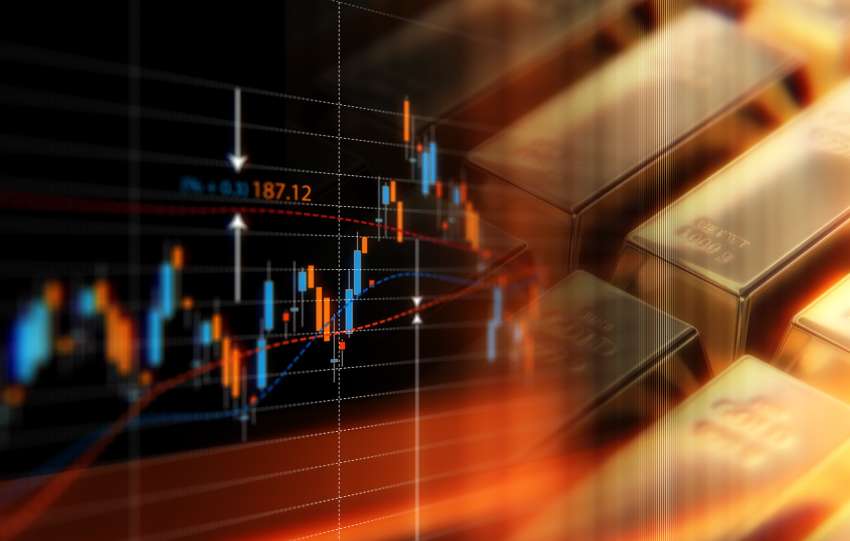There are many factors that affect the value of gold. Of course, it’s rare for these correlations to be perfect. Even when looking at the relationship of inflation and gold, there are still some people that debate over its very existence. The question boils down to “why?”
In June 2021, CNBC published a piece titled “Gold as an inflation hedge? History suggests otherwise.” Of course, this was followed just days later with the price of the metal rising even higher, as inflation hit a 13-year high. So, what gives? Are inflation and gold actually related?
The following guide dives deeper into this question. Being a smart investor means understanding market factors that can affect your investment. Once you’re finished with this guide, you’ll be able to make a more informed decision about where to put your money.
Are Inflation and Gold Related? Playing Devil’s Advocate
Many people view precious metals as the best hedge against inflation. What’s more, they see gold as sitting atop the mountain in this respect. With so many investors certain of the relationship between inflation and gold, though, how could CNBC differ so significantly?
The piece from the media giant didn’t actually come from their own research. Instead, they based the piece on data collected by Morningstar. This doesn’t make their theory on the price of gold any less reputable, though. In fact, Morningstar Research is a highly respected firm.
One thing to consider from the data is that it looked at differing lengths of inflation. In one comparison, a period of six years was compared to periods of four and three years. And during the six-year timeframe, gold outperformed other commodities and real estate.
So while there are definitely times in history where inflation and gold didn’t appear correlated, it’s hard to deny the inflationary periods we’ve seen throughout the years. In fact, the research from Morningstar overlooked some of the biggest correlations throughout history.
The History of Inflation and Gold
While the history of inflation and gold is a long one, it’s best to look at data from more recent times. This is because the government had more control over the precious metal’s value when the gold standard was the norm in America.
In more recent years, economic factors like inflation along with supply and demand played a bigger role. While the Morningstar data looked at extensive periods of inflation, gold investors who pay attention to this economic process cannot overlook the following events.
- Between 1972 and 1973, inflation jumped from 3.4% to 8.7%. During this time, gold also increased from $63 to $106 per ounce.
- When inflation rose from 9% to 13% between 1978 and 1979, gold’s value more than doubled from $226 to $512 per ounce.
- Inflation almost hit 15% in the early 1980s. During this time, the value of gold increased 15x and hit a record of more than $660.
- Inflation quadrupled in a single year between 1986 and 1987. Gold increased by more than 20% during the same time.
- Inflation hit a 13-year high in mid-2021. During these years, gold closed in on $2,000 per ounce for the first time in history.
Anyone who invested before inflation jumped during these periods saw significant gains if they sold when gold’s value skyrocketed. There will certainly be times when the relationship between gold and inflation is less pronounced. In the long run, though, it’s impossible to ignore the correlation.
What Else Influences the Price of Gold?
While gold and inflation are often linked, there are various other factors that can affect how the yellow metal’s value behaves. Basing your decision to invest on inflation has significant historical precedent, but understanding each of these factors can improve your investment strategy.
1. Supply and Demand
Just like any other asset out there, supply and demand can have a significant effect on the value of gold. In the first half of 2016, demand for the precious metal grew 15%. During that same time, supply only increased by 1%.
This is just one factor that drove the price increase of gold during that year, but it’s certainly an important one.
2. Value of the Dollar
The relationship of inflation and gold is based on lowered purchasing power of the U.S. dollar. This is different, though, than the value of the dollar falling. This is because the USD is the benchmark for gold’s price. So when the relative value of the currency drops, the price of the metal increases.
3. Economic and Political Uncertainty
People see inflation and gold as interrelated due to fear of the former. There are more economic woes out there, however, than just rising consumer prices. When people are unsure about the economy, political stability, or other important factors, the price of gold can skyrocket.
Consider the coronavirus pandemic striking in early 2020. During that time, the price of gold went up and the U.S. Mint had trouble meeting demand. When people don’t know what to expect, they value certainty. And if there’s anything certain in this world, it’s that gold is a store of value.
4. Interest Rates
Monetary policy — especially interest rates — can affect both inflation and gold. When interest rates are low, investments like bonds and certificates of deposit (CDs) are less attractive. This is because the inflation rate can actually eliminate potential profits from investing.
When this happens, precious metals become a more attractive investment. This increases their demand. As interest rates rise, though, the price of buying gold coins and other bullion can become cheaper.
5. Economic Data
Economic data is typically where monetary policy comes from. This can include wage data, jobs reports, manufacturing data, GDP growth, and more. When this data shows that the economy is booming, it directly affects the actions of the Federal Reserve.
In turn, this affects interest rates and other monetary policy. While this may sound like a roundabout way of connecting inflation and gold, the fact is that you can’t overlook economic data’s massive influence. Inflation doesn’t exist in a bubble.
What’s the Best Way to Invest in Gold?
Considering the varying factors that affect the price of gold and CNBC’s article, your decision to invest in gold may already seem questionable to you. The title of the article belies the importance, however, of a single quote “below the fold”:
“Of course, these analyses examined periods of less than five years. Gold’s record over the long term — spanning several decades — is more consistent with its reputation as an inflation hedge. ‘If you look at the very long term, gold should hold its value against inflation.’”
And as we can see from history, inflation is a fact of life. So, what’s the best way to invest in gold? The CNBC article certainly got it right in one respect: diversify. It’s important that you never put all your eggs in one basket when investing.
Diversification protects your assets in case one doesn’t perform as well as you’d like. Essentially, you’re hedging your bets. And while many view gold as the ultimate hedge, smart financial planning means a diversified portfolio to improve your chance of returns.
Should I Buy Gold When Inflation Is Going Up?
After reading this guide, should you be able to predict perfectly how inflation and gold will interact? Absolutely not. Not even the most experienced investors can do this without ever making mistakes. What you should be able to do, however, is identify the potential for a good return on investment.
Even if gold was the perfect inflationary hedge, though, the idea would be to buy the precious metal before inflation increases. And if you missed a quick rise in consumer prices, it doesn’t necessarily mean you missed out. Just like death and taxes, inflation is a certainty in this life.
Regardless of how much you put into gold, the smart investment choice is to work with a reputable company. At Silver Gold Bull, we can’t guarantee how inflation and gold will interact. We can guarantee, however, high-quality precious metal products.
Visit our Gold Bullion Products page today.


